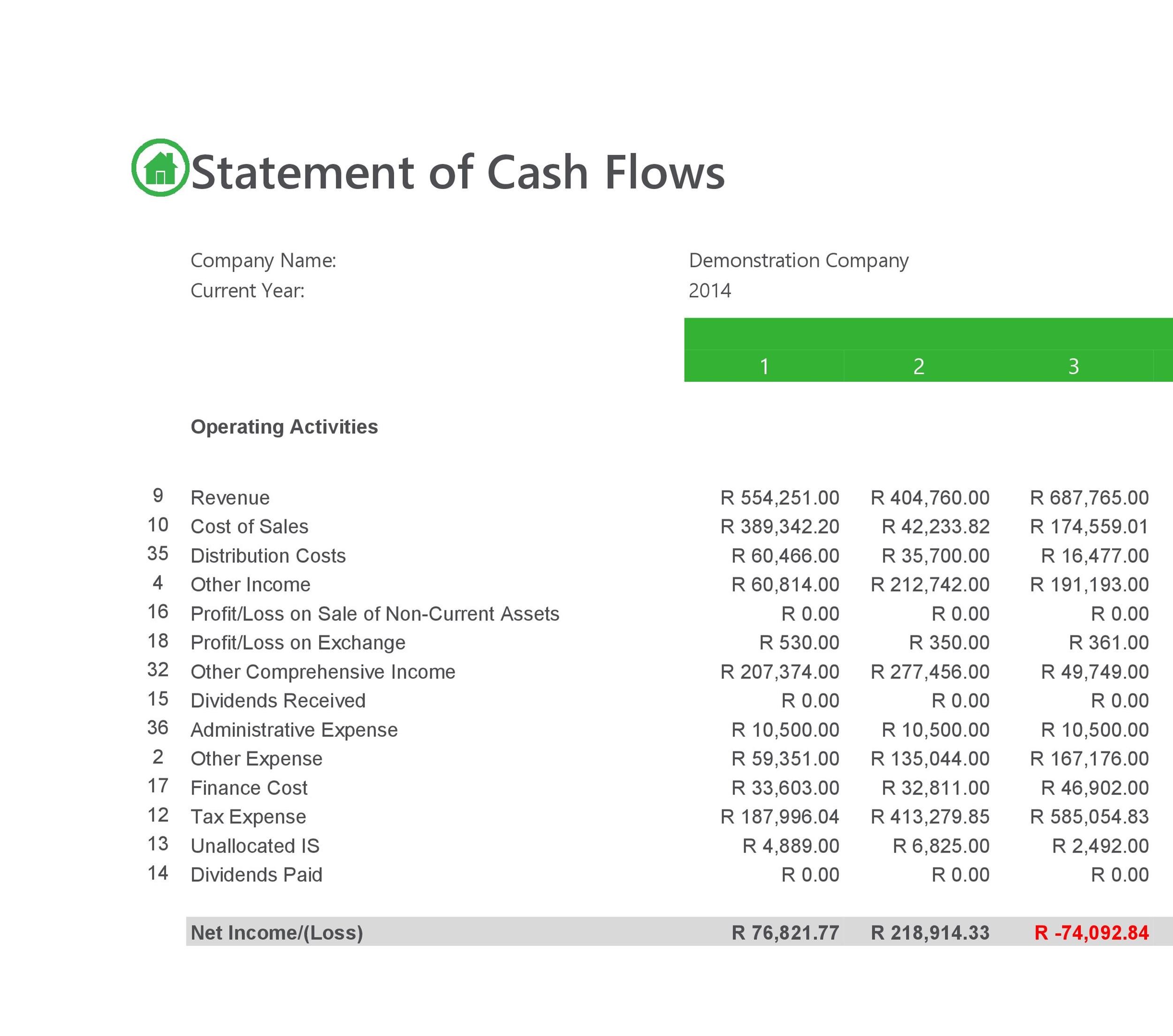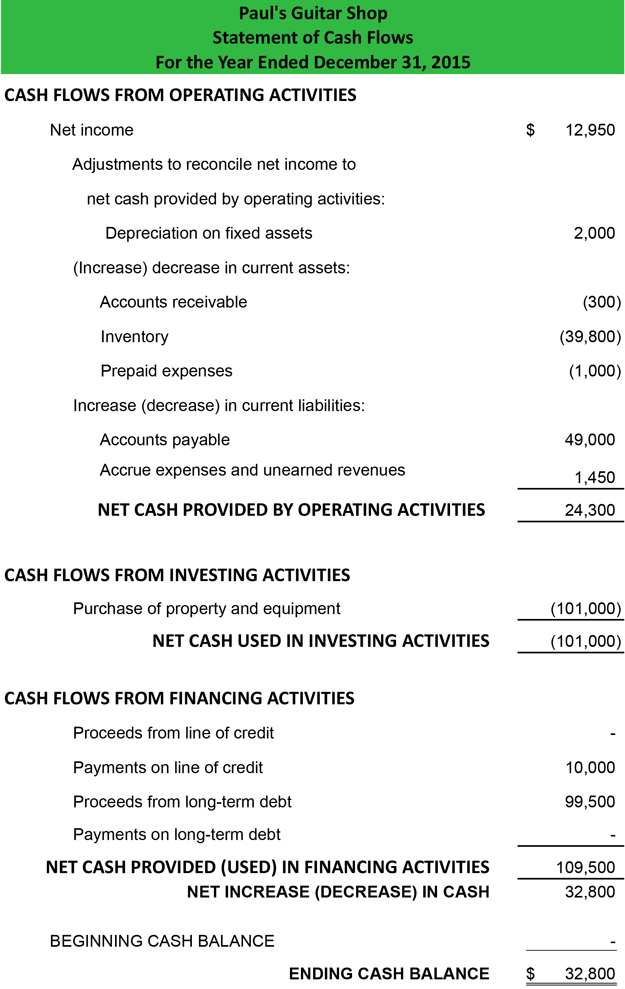

US GAAP permits using cash alone or cash and cash equivalents. IAS 7 requires that the cash flow statement include changes in both cash and cash equivalents.US GAAP and IAS 7 rules for cash flow statements are similar, but some of the differences are: International Accounting Standard 7 (IAS 7), Cash Flow Statement, which became effective in 1994, mandating that firms provide cash flow statements. In 1992, the International Accounting Standards Board (IASB) issued 95 (FAS 95) mandated that firms provide cash flow statements. From the late 1970 to the mid-1980s, the FASB discussed the usefulness of predicting future cash flows. Net working capital might be cash or might be the difference between current assets and current liabilities. In the United States in 1973, the Financial Accounting Standards Board (FASB) defined rules that made it mandatory under Generally Accepted Accounting Principles (US GAAP) to report sources and uses of funds, but the definition of "funds" was not clear. This new financial statement was the genesis of the cash flow statement that is used today. To explain why there were no funds to invest, the manager made a new financial statement that was called a comparison balance sheet, which showed that the company was holding too much inventory. In 1863, the Dowlais Iron Company had recovered from a business slump, but had no cash to invest for a new blast furnace, despite having made a profit. The "flow of funds" statements of the past were cash flow statements. Ĭash basis financial statements were very common before accrual basis financial statements. The cash flow statement has been adopted as a standard financial statement because it eliminates allocations, which might be derived from different accounting methods, such as various timeframes for depreciating fixed assets. improve the comparability of different firms' operating performance by eliminating the effects of different accounting methods.help predict future cash flows and borrowing needs.provide information on a firm's liquidity, solvency and financial flexibility (the ability to change cash flows in future circumstances).The cash flow statement differs from the balance sheet and income statement in that it excludes non-cash transactions required by accrual basis accounting, such as depreciation, deferred income taxes, write-offs on bad debts and sales on credit where receivables have not yet been collected.

how much came from cash flow as opposed to accounting treatment), and the firm's capacity to pay interest and dividends. The cash flow statement reveals the quality of a company's earnings (i.e. It is an important indicator of a company's financial health, because a company can report a profit on its income statement, but at the same time have insufficient cash to operate. The cash flow statement (previously known as the flow of funds statement), shows the sources of a company's cash flow and how it was used over a specific time period. Purpose Statement of Cash Flow - Simple Example

Potential lenders or creditors, who want a clear picture of a company's ability to repay.Accounting personnel, who need to know whether the organization will be able to cover payroll and other immediate expenses.People and groups interested in cash flow statements include: International Accounting Standard 7 (IAS 7) is the International Accounting Standard that deals with cash flow statements. As an analytical tool, the statement of cash flows is useful in determining the short-term viability of a company, particularly its ability to pay bills. Essentially, the cash flow statement is concerned with the flow of cash in and out of the business. In financial accounting, a cash flow statement, also known as statement of cash flows, is a financial statement that shows how changes in balance sheet accounts and income affect cash and cash equivalents, and breaks the analysis down to operating, investing and financing activities.


 0 kommentar(er)
0 kommentar(er)
